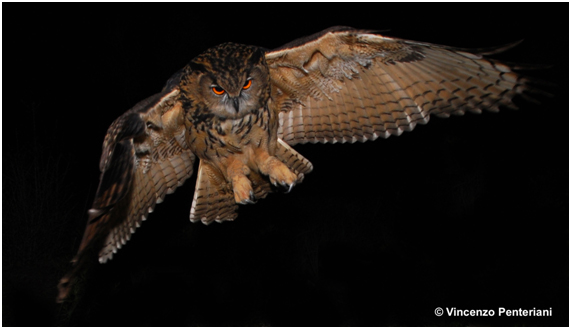Porphyrins are pigments produced in most animal cells during the synthesis of heme, but their importance for external coloration is unclear. Owls are among the few animals that accumulate porphyrins in the integument, where it could serve as a means of signaling. Here authors hypothesized that the porphyrin content of feathers may depend on body condition and breeding site quality in Eurasian eagle owl fledglings and thus constitute amplifiers of the quality of the area where they are born. Using high-performance liquid chromatography, two porphyrins (protoporphyrin IX and coproporphyrin III) were found in the body feathers of 19 eagle owl fledglings from seven breeding territories. Coproporphyrin III, but not protoporphyrin IX feather concentration, was positively associated with the body mass of fledglings and with the quality of the breeding sites where they were reared with respect to food quality and availability. As coproporphyrin III is produced under oxidative stress, good breeding sites may lead to fledglings in good condition. This in turn may make fledglings induce certain level of free radical and coproporphyrin III production to signal to conspecifics their site-mediated capacity to cope with oxidative stress. This is the first time that porphyrin content in the integument has been found to be related to individual quality, opening a new scenario for studying the evolution of animal coloration. informacion[at]ebd.csic.es Galván et al (2018) Feather content of porphyrins in Eurasian eagle owl (Bubo bubo) fledglings depends on body condition and breeding site quality. Integr Zool doi:10.1111/1749-4877.12313
http://onlinelibrary.wiley.com/doi/10.1111/1749-4877.12313/full








 Las altas temperaturas están provocando que las lagunas y las marismas de Doñana pierdan agua rápidamente
Las altas temperaturas están provocando que las lagunas y las marismas de Doñana pierdan agua rápidamente



